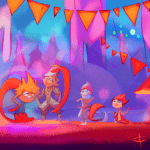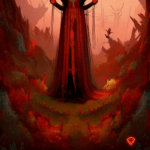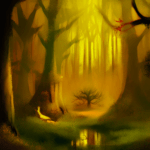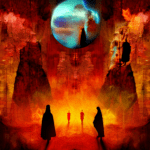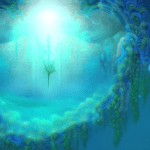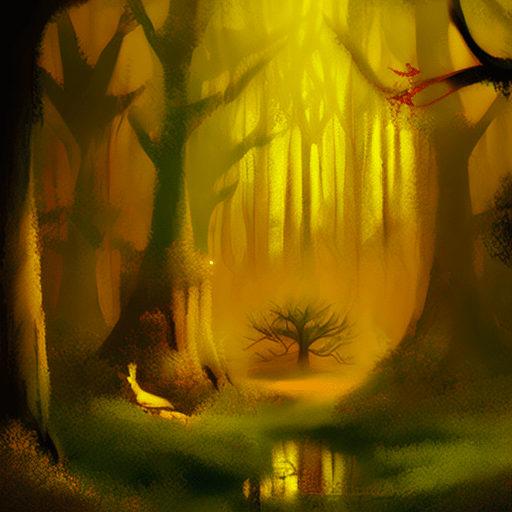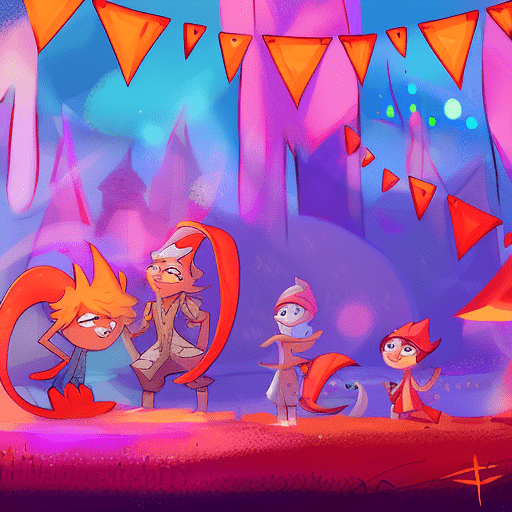One-line summary:
“Into the Woods” by John Yorke is a captivating exploration of the universal structure of storytelling, revealing the underlying patterns that make narratives so compelling.
The Power of Storytelling:
In “Into the Woods,” John Yorke delves into the art of storytelling, dissecting its structure and revealing the fundamental patterns that have captivated audiences for centuries. Yorke, a renowned screenwriter and television producer, draws from his extensive experience in the industry to provide a comprehensive analysis of what makes a story successful.
Yorke begins by examining the origins of storytelling, tracing it back to ancient myths and legends. He argues that storytelling is an innate human instinct, deeply rooted in our collective consciousness. From the earliest tales told around campfires to the modern-day blockbusters, stories have always served as a means of communication, allowing us to make sense of the world and our place in it.
The author introduces the concept of the “Story DNA,” a framework that underlies all narratives. According to Yorke, every story follows a similar pattern, consisting of five distinct stages: setup, confrontation, resolution, aftermath, and return. These stages are not limited to any specific genre or medium but are present in all forms of storytelling, from novels and films to plays and television series.
The Hero’s Journey:
Yorke explores the hero’s journey, a narrative archetype that has been prevalent throughout history. Drawing from Joseph Campbell’s influential work, “The Hero with a Thousand Faces,” Yorke explains how the hero’s journey is a universal template that resonates with audiences across cultures and time periods.
The hero’s journey typically involves a protagonist who embarks on a transformative quest, facing various challenges and obstacles along the way. Yorke breaks down the hero’s journey into its key components, such as the call to adventure, the mentor figure, the ordeal, and the ultimate triumph. By understanding these elements, storytellers can create compelling narratives that resonate with their audience on a deep emotional level.
The Importance of Conflict:
Yorke emphasizes the crucial role of conflict in storytelling. Conflict drives the plot forward, creating tension and keeping the audience engaged. Without conflict, stories would lack excitement and fail to capture our attention.
The author explores different types of conflict, including external conflicts between characters or forces, as well as internal conflicts within the protagonist’s psyche. He also discusses the concept of “the shadow,” a recurring antagonist that represents the hero’s inner struggles and serves as a catalyst for personal growth.
Ultimately, Yorke argues that conflict is not only essential for storytelling but also mirrors the conflicts we face in our own lives. By immersing ourselves in stories, we can gain a deeper understanding of ourselves and the world around us.
Key Takeaways:
- Storytelling is a universal human instinct, deeply ingrained in our collective consciousness.
- All narratives follow a similar structure, consisting of five stages: setup, confrontation, resolution, aftermath, and return.
- The hero’s journey is a powerful narrative archetype that resonates with audiences across cultures and time periods.
- Conflict is essential for storytelling, driving the plot forward and creating tension.
- By understanding the underlying patterns of storytelling, writers can create compelling narratives that captivate their audience.
“Stories are the way we make sense of the world, and they are the way we make sense of ourselves. They are the way we create meaning.”
– John Yorke
In “Into the Woods,” John Yorke takes readers on a thought-provoking journey through the art of storytelling. By dissecting the structure of narratives and exploring the universal patterns that underlie them, Yorke provides valuable insights for both aspiring and experienced storytellers. Whether you’re a writer, filmmaker, or simply a lover of stories, “Into the Woods” offers a fascinating exploration of the power of storytelling and its impact on our lives.
